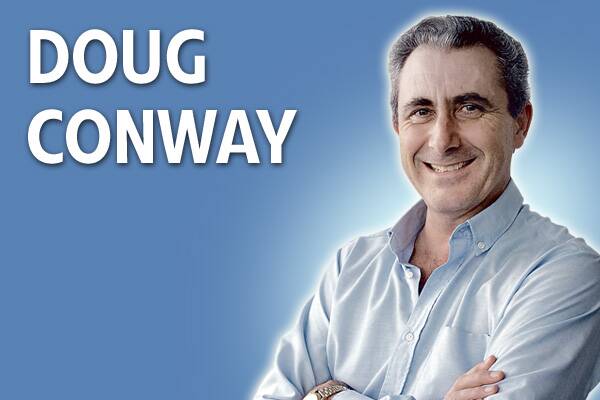
Which country sent the first man into space, launched the first craft to land on the moon, made the first space walk and now holds a monopoly on space travel?The United States, right?Wrong, wrong, wrong and wrong.In all four cases the correct answer is Russia (or the former Soviet Union).This comes as a surprise to those of us who equate space with America, and probably demonstrates the power of solid global PR.With the help of my history books I now recall that yes, the first human-made object sent into space was the USSR’s Sputnik in 1957.And yes, the first human in space was Soviet cosmonaut Yuri Gagarin in 1961.I would never have guessed, though, that another cosmonaut, Alexei Leonov, made the first space walk in 1965.Or that a Soviet spacecraft landed on the moon first, despite being unmanned.That also happened in 1965, four years before Neil Armstrong made that one small step for man and one giant leap for mankind.I certainly find it hard to digest, therefore, the news that the present final flight by NASA’s space shuttle will leave the Russians as the unchallenged masters of outer space.But it’s true, and I don’t think it does us any harm to leave all our earthly worries about climate change behind for a moment to ponder matters extraterrestrial.The end of the shuttle program, announced by President George W Bush in 2004, is now a reality after 132 flights since 1981.That means the US and other nations will now have to rely on Moscow’s space ‘‘taxi service", using vintage Soyuz spacecraft, to ferry their astronauts to and from the International Space Station.One of the most amusing aspects of this, unless you’re American, is the snowballing cost.Showing that they fully comprehend the word monopoly, and the law of supply and demand, the Russians have already increased the price of a seat eight times.Under the latest contract, by 2016 each seat will cost NASA almost $60 million.That’s a 175 per cent increase since 2005.Just remind me again - who are the capitalists here?Their entire program costs just $2 billion a year, meaning it would take them 100 years to spend as much as the Americans forked out on their reusable shuttle alone.So despite the exorbitant price, Soyuz is decidedly economy class.America does plan to re-enter the space travel business, but so far has bought 46 Soyuz seats through to 2016, and wants more.Have we become blase about outer space?After all, the soon-to-be retired shuttle has carried a small army into space - 355 people from 16 countries.The wonders of space travel have never left me since I gazed slack-jawed at the night sky as a kid.But the aims of the space station don’t seem nearly so visionary these days.It’s used mainly as a lab for discovering vaccines and medical treatments, and for experiments on how various life forms, including us, cope with low gravity.Whatever happened to its original ambitions to act as a platform for sending spacecraft to other planets?We seem to have become very practical, bottom-line and introspective these days.What has happened to our capacity to look beyond and to dream?I wonder if colonising another planet might one day become a necessity for humankind.
Subscribe now for unlimited access.
$0/
(min cost $0)
or signup to continue reading

